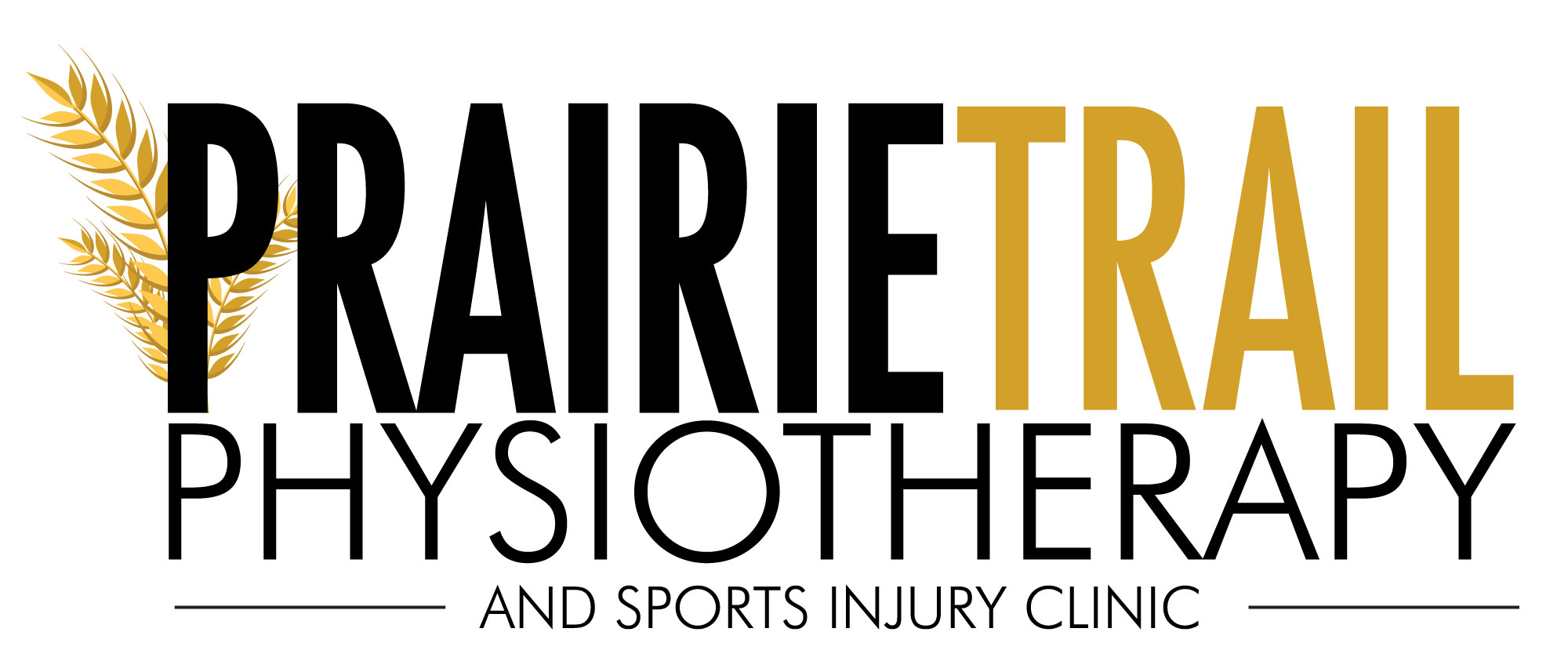WYSA Handling Injuries
Injuries are a fact of life in sport, but how they are handled by match officials can play a big part in how the participants feel about the referee's overall performance in that game. Even if there was no foul involved, managing injuries is an important skill.
Stop Play - sounds simple enough, but often does not happen quickly enough. Although players will often put the ball out of play when an injury occurs, as a courtesy to the hurt player, sometimes this is not that easy to do especially in indoor, as the ball has to clear the boards. The referee has the power to stop play at any time for an injury, which, in his/her opinion is serious. What is considered serious will often depend on the particular game - in a youth game, a ball in the face or kick on the knee that causes a player distress should be considered serious enough to stop play if the player stays down.
Assess the injury - head or neck injuries require immediate attention, and the team staff should be called onto the field without delay. Other injuries may only require help getting off the field, but if it was serious enough to stop play, then that help should be allowed.
Stay attentive to the field - once the team is looking after the injured player, the referee should remember their responsibility to maintain control over other things on the field. Players may be upset, thinking there should have been a foul or penalty.The referee should take up a position to be close enough to the injury to supervise the handling of the injury, but also where they can keep an eye on the rest of the field for potential problems. Five to ten yards is often an appropriate distance keeping the majority of players in your view.
Choose your words carefully - injuries are often "intense" moments in the game, and the official may have cause to offer words of consolation, reassurance, instruction, advice, or calming words to those who are upset. Think before you speak, and then do so in a calm, professional manner.
If there is blood - ensure that safe practice is observed. The player MUST leave the field of play. Blood on wounds must be cleaned and covered before the player is allowed to return to the field, and clothing with blood has to be replaced, even if the blood is dry. If any blood gets on the playing surface, it should be cleaned up before the game restarts.
CONCUSSION PROTOCOLS
Never underestimate a head injury
If you experienced a head injury, you need to consider that:
1) you may have suffered a concussion; and,
2) safely returning to play will take time.
A concussion is a brain injury that can affect your vision, memory, concentration, and general well-being. In real life, it is not easy to recognize that you have a concussion. Contrary to common belief, you do not need to have lost consciousness. You may be disoriented for a while after the injury, or you may have headaches, dizziness, nausea, and/or unsteadiness.
"When in doubt, keep them out"
With every impact to the head, it is important to consider the possibility of a concussion. If you feel unwell, but think you can still play, that may not be a good idea. The safest approach is: "when in doubt, keep them out".
Do not take a head injury lightly
In important matches or with minor incidents, you might want to return to play. A short touchline assessment helps in the decision. The "Pocket Concussion Recognition Tool" helps identify symptoms and can be downloaded here. If any of the described signs or symptoms are present, you might have a concussion and need to be removed from play. As a general rule, use this test for all head injuries.
When to return to play
In general, most concussions will heal on their own over several days. During this time, absolute rest is required. When you are free of symptoms, a step-by-step guide will take you gradually back to play. Never return to play if you still have symptoms!
STEP-BY-STEP GUIDE FOR RETURN TO PLAY FOLLOWING A CONCUSSION:
The athlete spends, at the minimum, 1 day at each stage. Performing the activity under each step without symptoms allows the athlete to proceed to the next stage. If symptoms return, the athlete moves back to the previous stage.
1. Following the injury, there should be no activity and complete rest.
2. Light aerobic exercise such as walking or stationary cycling.
3. Soccer specific aerobic exercise, with progressive addition of resistance training.
4. Non-contact soccer training drills.
5. Full-contact soccer training after medical clearance.
6. Ready to return to game play.
CONCUSSION PROTOCOL FOR SUSPECTED CONCUSSION DURING A GAME OR PRACTICE
Please note that Children’s Hospital Emergency Department deals with youth athletes up to the age and including 16 years old. Athletes over 16, that is 17 years old and older, are seen at an Emergency Department or the Sport Medicine Centre.
In the event that an athlete experiences a suspected concussion, the following procedures should be followed:
1.) If the athlete has a suspected serious head or spine injury during a soccer game or practice - an ambulance should be called immediately to transfer the patient, if a youth, to Children’s Hospital Emergency Department, if 17 years old or adult to the nearest Emergency Department, (or an appropriate Emergency Department for those outside Winnipeg) for evaluation. After the initial evaluation, youth with a concussion may be referred to the Pan Am Concussion Program, and if 17 years old or an adult to the Sport Medicine Centre (145 Pacific Avenue, Winnipeg, MB, R3B 2Z6, 204.925.5944), for further follow-up.
2.) If the athlete develops symptoms of a concussion during a soccer game or practice but they are deemed to be non-life threatening, they should be evaluated immediately at the Children’s Hospital Emergency Department or nearest emergency room, if a youth, and 17 years old or adult at the nearest Emergency Department. If they are diagnosed with a concussion and further follow-up is required, youth will be referred to the Pan Am Concussion Program and 17 years old or adults can be sent to Dr. Kashefi at the Sport Medicine Centre, as they don’t require a referral.
3.) If the player develops delayed (days later) symptoms of a concussion, the athlete should be evaluated by a medical doctor (Emergency room physician, pediatrician, family physician). If necessary the medical doctor can refer the youth to the Pan Am Concussion Program and Dr. Kashefi at the Sport Medicine Centre can accommodate the 17 years old or adult patients, as they don’t require a referral.
In the event that an athlete experiences a suspected concussion and a trained athletic therapist or physician is present, the initial sideline concussion evaluation should be carried out using the Sport Concussion Assessment Tool 3 (SCAT3) to document initial neurological status. Regardless of SCAT3 testing results, all athletes with a suspected concussion must be evaluated by a physician and receive written medical clearance prior to returning to practice or gameplay.
Further contact information and instructions about how pediatricians, family doctors, and emergency room doctors can refer children to the Pan Am Concussion Program is available at www.panamclinic.org and for adults at the Sport Medicine Centre at www.sportmedicinecentre.ca Note: This information is based on scientific evidence produced by the FIFA Medical Assessment and Research Centre F-MARC. All recommendations are to be considered in tandem with your medical practitioner.
Remember - at an injury, many eyes will be on the referee, watching how you handle the stoppage.


